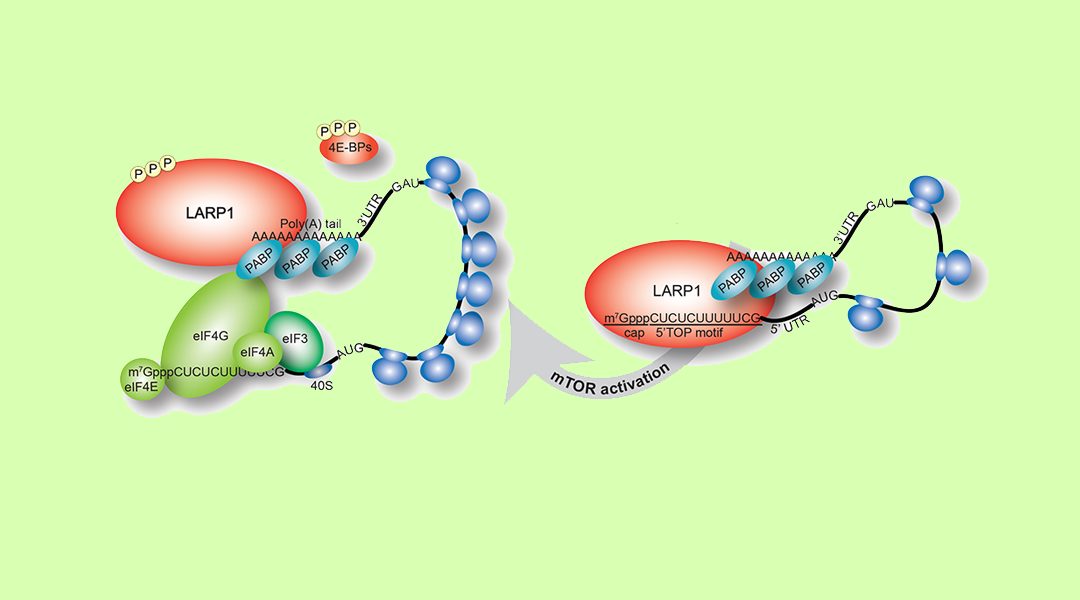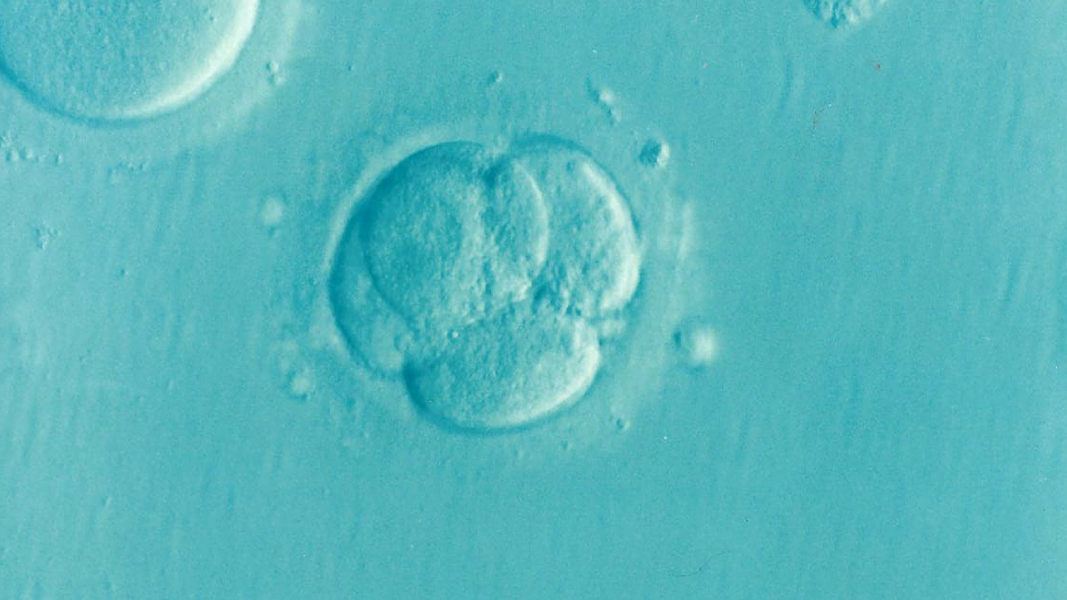A significant archaeological phenomenon represented in Sardinia Island by the construction of impressive prehistoric monumental buildings identified as a cult site.



A significant archaeological phenomenon represented in Sardinia Island by the construction of impressive prehistoric monumental buildings identified as a cult site.

In the current Austrian and German market design, suppliers submit a three-dimensional bid that consists of a power offer (MW), a power bid (Euro/MW) and an energy bid (Euro/MWh). The scoring rule, which determines the winners of the auction, is based on the power bid exclusively, and pay-as-bid pricing is applied, i.e., an awarded bidder receives the bid figure.

Different approaches are used to help reduce greenhouse gas emissions from households’ energy consumption, but with varying degrees of success. Better integration of these approaches will be necessary to make substantive advances in this field.

Looking at the sustainability pathways of in the Gulf region towards achieving a low-carbon development and achieving a post-fossil-fuel transformation.

Discussing the historical roots of the stem cell concept and the definition generally adopted today.

Small molecules have been used to study several mammalian RNA elements in disease. These advances encourage exploration of newly discovered RNA interactions with therapeutic potential.

Ribosome production is a considerable energy investment for the cell—rRNAs and ribosomal proteins (RPs) are among the most abundant classes of RNAs and proteins—and their production must, therefore, be synchronized temporally and stoichiometrically to ensure efficient ribosome assembly.

Intercellular communication may provide a mechanism to exploit and buffer cell-to-cell variability.

An overview of the most recent literature relevant to mRNA delivery helps readers to obtain an overall concept and direction of nanoscale platforms for mRNA delivery.

The interplay between people and nature is clear.